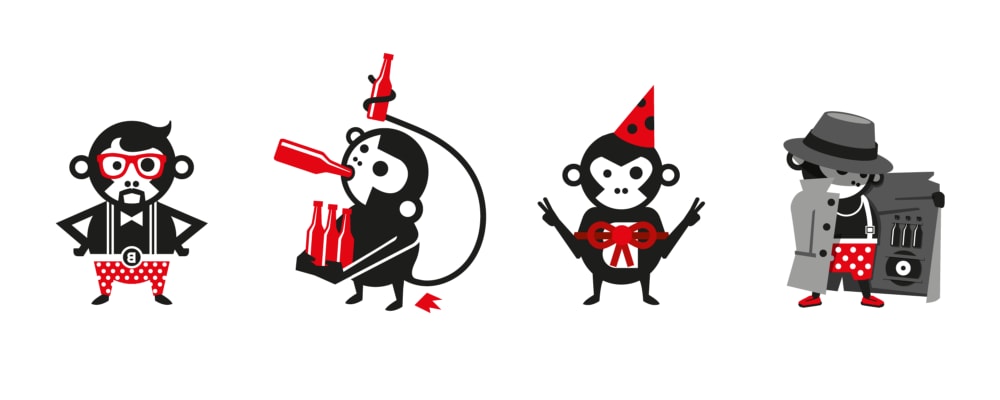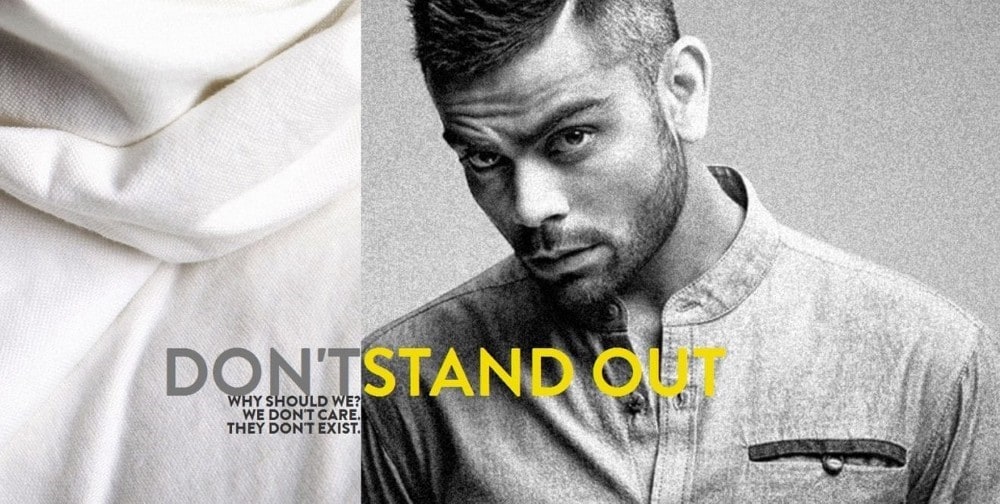Over the past two–three years, we have been tracking the rise of Indian consumer brands that have effectively leveraged technology and post-millennial branding to scale quickly. During our stint at ShopClues, we saw savvy merchants create brands with intelligent merchandising and targeted marketing initiatives.

 This space has seen successful brands like Urban Ladder and Pepperfry emerge as market disruptors by successfully using online commerce as the primary channel.
This space has seen successful brands like Urban Ladder and Pepperfry emerge as market disruptors by successfully using online commerce as the primary channel.

Source: https://www.cnbctv18.com/startup/there-has-never-been-a-better-time-to-start-a-brand-in-india-here-is-why-3520291.htm
Why brands?
The Indian consumer brand landscape has been abuzz with the appearance of new brands across categories. We deep dived into the emerging consumer brand story and came up with some key observations and insights.
Food and beverages
F&B opened up with multiple successful brand stories emerging recently, most notable ones being Paper Boat (traditional Indian drinks with nostalgic brand appeal), Bira 91 (bottled craft beers with quirky brand appeal) and Raw Pressery (cold pressed juices with ‘all good, no bad’ brand appeal) among others.
They identified a niche offering for the post-millennial consumer and built the brand using amazing storytelling on social media

The Bira monkey embodies the brand’s quirky appeal. (Photo: Dev Kabir Malik).
FMCG
Brands like Ustraa (men’s grooming, quirky brand appeal), Sugar (cosmetics, edgy and sassy brand appeal) and Mama Earth (baby and mother care, friendly brand appeal) have been created from scratch in the last 5 years.
They piggybacked on e-commerce marketplaces like Amazon and Flipkart-Myntra-Jabong to build their brand presence while maintaining a unique brand identity through their own marketing and branding efforts.
Home and furnishings
 This space has seen successful brands like Urban Ladder and Pepperfry emerge as market disruptors by successfully using online commerce as the primary channel.
This space has seen successful brands like Urban Ladder and Pepperfry emerge as market disruptors by successfully using online commerce as the primary channel.
They built their own online presence and gave the shopper a great furniture shopping experience.
Electronics
OnePlus (smartphone, ‘young and restless’ brand appeal) has established market leadership in the affordable premium segment. boAt (audio accessories, lifestyle brand appeal) has made its brand presence felt in a hyper-crowded category.
They created a community of fierce brand loyalists and fostered repeat purchases.
Fashion and apparel
The fashion and apparel category has seen an explosion of brands that have been created on marketplaces, such as Wrogn (men’s fashion, breakaway youth brand appeal); and on their own sites, such as FabAlley (women’s fashion, bold and individualistic brand appeal).
They leveraged celebrity icons and influencers successfully to accelerate brand awareness and adoption.

Virat Kohli’s association with Wrogn has catapulted the brand’s growth. (Photo: Storypedia)
Why now?
The brand story in India is just beginning to take shape, and we are poised for an exciting decade ahead.
Demand for brands is taking off
India has crossed $2000 per capita income, which experts say, is the inflection point for brands. Discretionary spending in the high income and upper middle income segments will drive adoption of brands that have an emotional positioning, beyond the functional (value for money) aspect alone.
These customers are online shoppers, follow trends on social media and make an effort to cultivate their personality.
There are stories to be told, emotions to be tapped and profits to be made.
The necessary working parts are in place
Reach: Customers can now be reached online through targeted digital marketing and branding on social media. New brands can reach customers across the country from Day 1 with clear visibility on RoI and conversion metrics. This kind of reach was only possible earlier through ‘spray and pray’ TV and newspaper advertising, where costs were high and conversions were not trackable.
Merchandising: Online channels enable brands to keep inventory lean while maintaining a large catalog, as opposed to physical stores where inventory was locked up. Customer analytics allow quick iterations where brands can fail quickly and get their product fit right without incurring a large loss.
Supply chain: The logistics pipeline has been simplified greatly by the emergence of companies like Delhivery and Ecom Express, who specialise in helping e-commerce brands with warehousing, order processing and cross country logistics. Further, GST has significantly reduced paperwork and shipping time. Brands are now able to serve customers across the country faster and at manageable costs.
Target customers can now be reached online and served effectively.
The unit economics make sense
As mentioned above, the cost of merchandising, reaching and serving customers is now lower. And customers are willing to pay more for brands that they aspire for and connect with. So the unit economics of building a brand are now in the range to create a sustainable business.
Most VCs we speak to agree that Rs 100–200 crore brands can be built in any category you pick.
The smart ones can scale further to create $100 million (Rs 700 crore) revenue brands in the next decade. The growth trajectory will be determined by the speed of the team and the money available to spend on brand building. And the best part — there is space for multiple brands to co-exist in the same category. It is not a winner-take-all game like the tech startup stories.
There has never been a better time to start a brand in India. What are you doing today?
Ganesh Balakrishnan is an entrepreneur currently building a consumer brand in the footwear space. He founded two startups earlier – Momoe (mobile payments) and Windsleeve (retail tech).
Read Ganesh Balakrishnan's columns here
Startup Stories is a series of accounts by startup entrepreneurs on how they built their businesses and found success. Read them here.Source: https://www.cnbctv18.com/startup/there-has-never-been-a-better-time-to-start-a-brand-in-india-here-is-why-3520291.htm

No comments:
Post a Comment
Note: Only a member of this blog may post a comment.